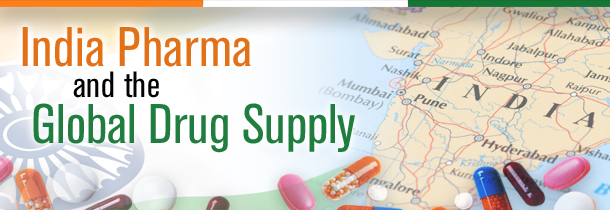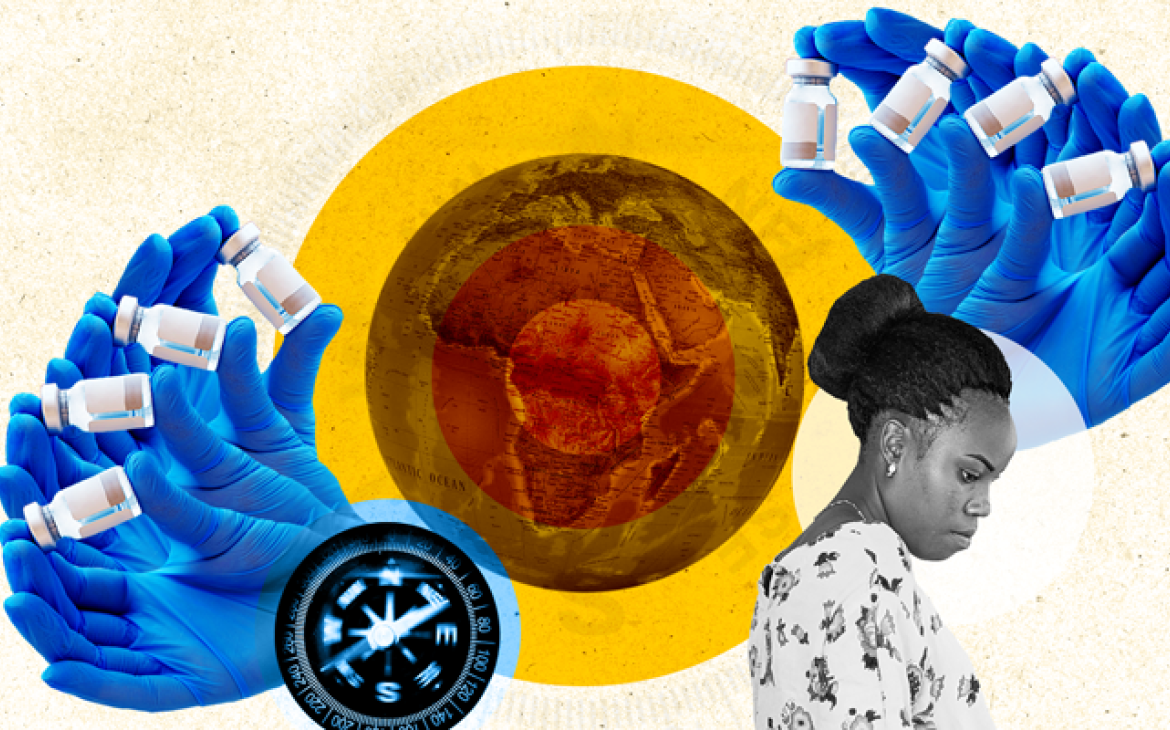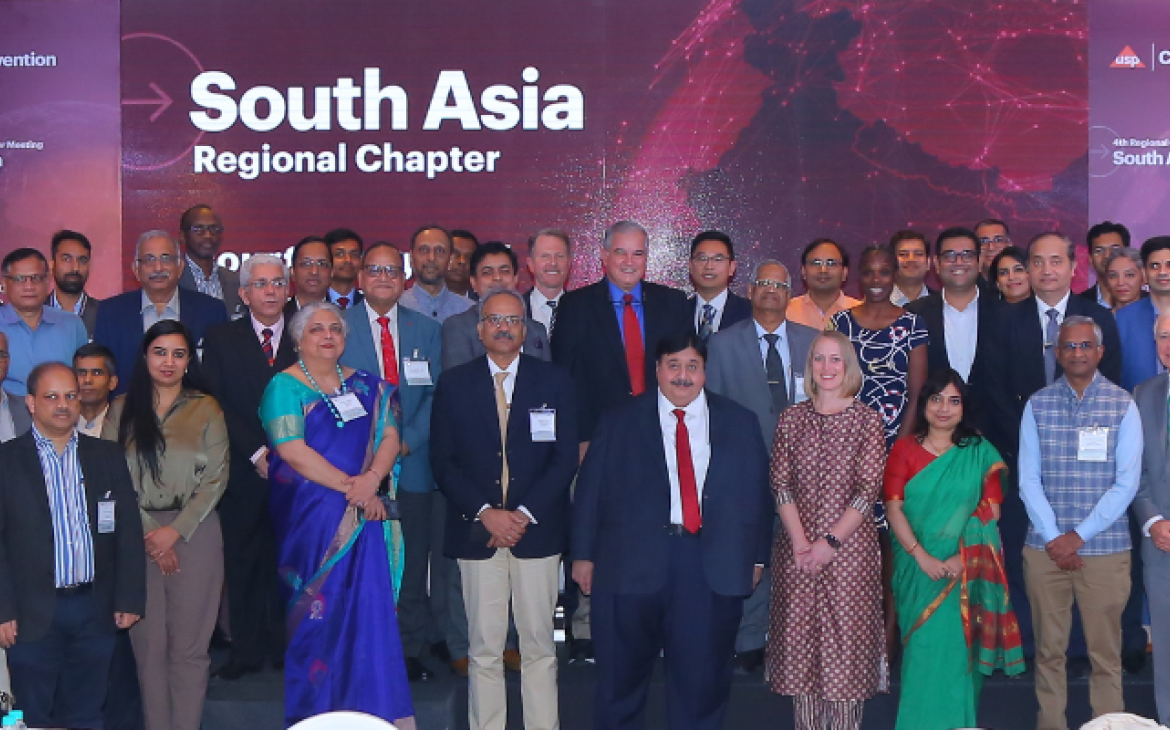
I’ve recently returned from a week-long trip to India – my third since joining USP last year. The purpose of this trip was two-fold—to meet with USP staff in Hyderabad and discuss the rollout of our new five-year strategy, and to speak at a conference in Mumbai entitled, ‘Indian Pharma Inc.: Adapting to the Rapidly Evolving Global Challenges,’ hosted by the Indian Pharmaceutical Association (IPA).
Without question, India is a prominent player in today’s global pharmaceutical arena and is a major contributor to the world’s supply of medicines. Access to affordable drugs such as those manufactured by Indian generics companies has had a critical impact on public health at a global level.
USP’s drug standards apply directly to the quality that’s expected of generic drugs and their ingredients sold in the U.S. and many other countries. USP’s standards are enforced by the U.S. Food and Drug Administration (FDA), which is part of the overall safety net that protects patient health in our country when it comes to drug quality.
Today, a large number of generics and over-the-counter medicines in the U.S. are imported, much of it from India. Approximately 80 percent of active pharmaceutical ingredients (APIs)—the substances in medicines responsible for their therapeutic effects—in U.S.-marketed drugs come from outside the U.S.
In recent years, products manufactured by some Indian generics makers have fallen under tight scrutiny from regulators as a result of quality-related issues. Early in 2014, exports to the U.S. from several large Indian pharmaceutical companies were banned due to gaps in good manufacturing practices, data integrity issues and other violations identified by U.S. regulators.
I had an opportunity to meet one-on-one with representatives from a variety of companies during my trip. Repeatedly, I heard that drug quality in India is rapidly improving, but at the same time Indian industry has work to do to regain public confidence. Another recurring theme in our discussions was how India’s pharma companies can work with key partners like USP to meet the differing regulatory requirements of nations in which they conduct commerce, including the U.S.
Equally important to India pharma is its ability to provide good quality medicines for the people of India, as evidenced by the “Make in India” campaign launched last year by India’s Prime Minister, Narendra Modi. While India is a powerhouse in providing pharmaceutical products globally, it does rely on countries like China and others for raw materials and intermediate ingredients used in pharmaceutical manufacturing.
In a recent Time Magazine interview, Prime Minister Modi characterized the U.S. and India as natural allies. This reminded me of remarks shared at USP’s Convention this past April by Howard Sklamberg, Deputy Commissioner for Global Regulatory Operations and Policy at FDA, in which he emphasized the important role USP’s site in India can play in USP-FDA collaborations. Established in 2006, USP-India, in Hyderabad, is the second largest (after USP-U.S.) of all our sites around the world. Today, nearly 150 USP staff manage and run the laboratories and offices of USP-India. That number is expected to grow under the newly-established USP strategic goals for 2015-2020.
The year 2020 will be an exciting one for USP, as we will be celebrating our 200th anniversary as a standards-setting organization. I’m eager to see how far our activities with India will have taken us by that time.
For more information about USP-India and USP’s other global locations, visit http://www.usp.org/global
Ronald T. Piervincenzi, Ph.D. is the chief executive officer of USP. Follow him on Twitter @RonPiervincenzi


